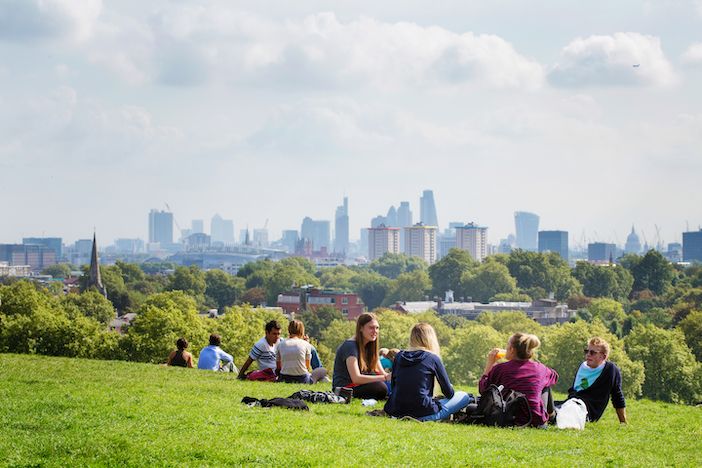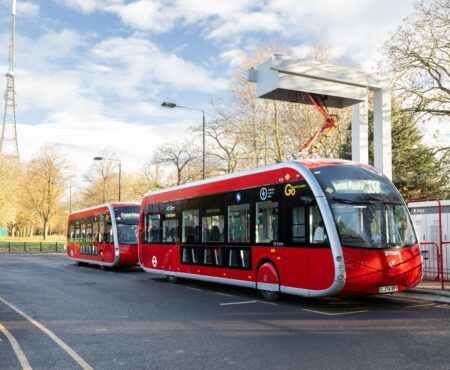New data, sourced by Siemens Mobility Limited in partnership with Here Technologies, shows that traffic levels in some of the UK’s largest cities have returned to near pre-pandemic levels, sparking fears about air quality.
Traffic across major cities in January 2021 remained at more than 80 percent (83.4%) of the levels seen before Covid-19 – despite the introduction of strict lockdown measures across the country. With the government’s roadmap out of lockdown published last week, there are concerns about further air pollution increases in the coming weeks.
The findings for Birmingham, Bristol, Leeds, Liverpool, Manchester, Newcastle and Sheffield have also shown that the current winter 2021 lockdown has had a far smaller impact on traffic compared to the first lockdown in Spring 2020. The data shows that traffic levels in these cities were more than three-quarters higher (76%) in January 2021 than April 2020 – and approximately twice as high in Bristol (112.9% increase) and Newcastle (93% increase).
Traffic levels across these cities had returned to 95% of pre-pandemic levels by October 2020, indicating that the pandemic will not have any lasting downward effect on air pollution.
Despite these trends, a number of cities have taken the decision to pause the decision-making process around the implementation of clean air zones, citing the impact of the pandemic on traffic as their reasoning. Bath, Portsmouth, Birmingham and London are the only cities to make commitments so far, leaving people in cities across the north of England to miss out on the quality of life benefits that clean air zones can bring.
In fact, Covid-19 could actually drive up traffic levels beyond pre-2020 levels with people opting not to use public transport in favour of cars. In October last year, Bristol and Sheffield recorded increases in road traffic compared to February, registering a 1.8% and 0.9% increase in average volumes respectively.
Wilke Reints, MD of intelligent traffic systems, Siemens Mobility Limited, said: “This data lays to rest the idea that the pandemic might have a long-lasting effect to improve air quality. In fact, the picture the data is increasingly painting is that it could actually increase traffic levels as people return to work choosing their cars over public transport.”

“What’s more, we know that clean air zones work,” continues Reints. “In London, after just ten months of operation, reports showed that NO2 emissions from road transport in the central zone had reduced by 44%, a direct result of the Ultra-Low Emission Zone. However, we must see action across the country, benefitting all those who live in urban areas to help ensure a green post-pandemic recovery.”
For more on clean air zones, including a full case study of the project underway in Portsmouth, UK, don’t miss the March 2021 edition of TTI magazine.





